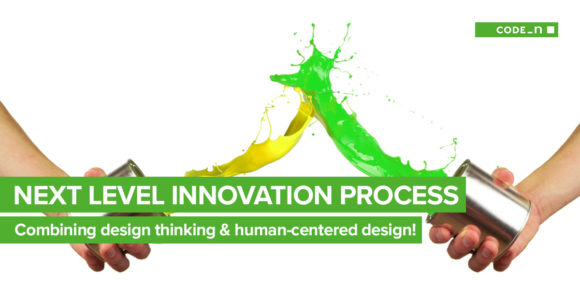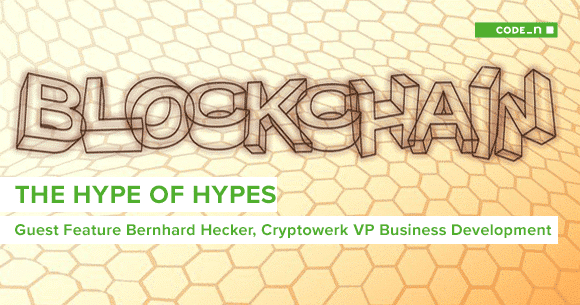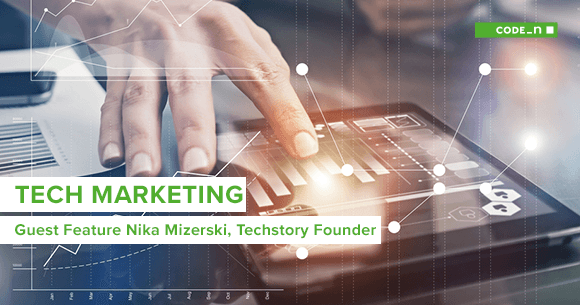Design thinking or human-centered design? Both! How to combine the benefits of the two approaches
Are you on team design thinking or team human-centered design? Actually you don’t need to choose! Even though both approaches are treated as two different methods of working, they have a lot in common and can be reconciled. And both have their benefits for your innovation process! So why not combine them and get the best of two worlds for your work? Have a look at the two approaches – where they differ and where they go hand in hand.

But first things first! Let’s do a short recap of what design thinking and human-centered design is all about. The basic idea of design thinking is that interdisciplinary teams can create outstanding innovations. It is a solution-focused method used to solve complex problems by profiting from different expert perspectives. The focus is less on the detailed elaboration of ideas, but rather on the extensive experimentation and drawing up of big ideas. For the human-centered design approach the ultimate goal is to drive a customer focus deep within a corporation. This includes a culture open for sharing knowledge and collaboration between all departments within and outside the company. As a result, you get a product that resonates with the user and exceeds his needs.
Design thinking and human-centered design – The differences
Sounds too similar to you? So what’s the difference between both approaches? In a nutshell: The perspective of design thinking is wider than the one of human-centered design. The former focuses on innovation and creation and is about developing new products, services and even about solutions for social problems. The focus of the latter is on improving the usability and user experience of a certain product or service. So we have two different scopes, which are handled similarly. Let us now discuss the common features.

Design thinking and human-centered design – The common ground
Design thinking and human-centered design can be easily combined as they have many common grounds. First of all, both approaches demand an involvement of user and stakeholders in all stages of development process – from analysis to evaluation. This very development process is the second and not less important commonality. Both approaches follow an iterative procedure. The design thinking process covers four phases, that are repeated until the optimal result is achieved: (1) specify context of use, (2) specify requirements, (3) ideate product design solutions and (4) evaluate designs. The human-centered design, on the contrary, follows six iterative phases: (1) understand, (2) observe, (3) define point of view, (4) ideate, (5) prototype and (6) test. Even though the number of phases differs, the actions of the phases overlap with each other. The initial situation plays an important role in both processes, and each one includes the analysis of the problem, the features of the users and the analysis of usage environment. Additionally, both approaches work with a prototype of the developed product that they use to test the result with actual users.
Conclusion: Improved innovation process by combining design thinking and human-centered design
We have seen that both approaches are very similar. Design thinking and human-centered design don’t exclude one another – they rather complement each other. Specifically, teams can firstly by means of design thinking identify visions and potential solutions. Secondly, human-oriented design can lead to a concrete user-oriented implementation. This will help you in the innovation process to make one thing sure: your idea will emerge to an innovative product that offers customers and users added value.
You have an innovation up your sleeve and want to break through with your idea? Join the CODE_n innovation ecosystem! Many benefits for thriving startups and established companies are waiting for you: find business partners at CODE_n CONNECT, network at CODE_n EVENTS (and not to forget the new.New Festival in September 2016), move in with other digital pioneers at CODE_n SPACES or apply for the next CODE_n CONTEST for startups. We are looking forward to seeing you!






Write a comment